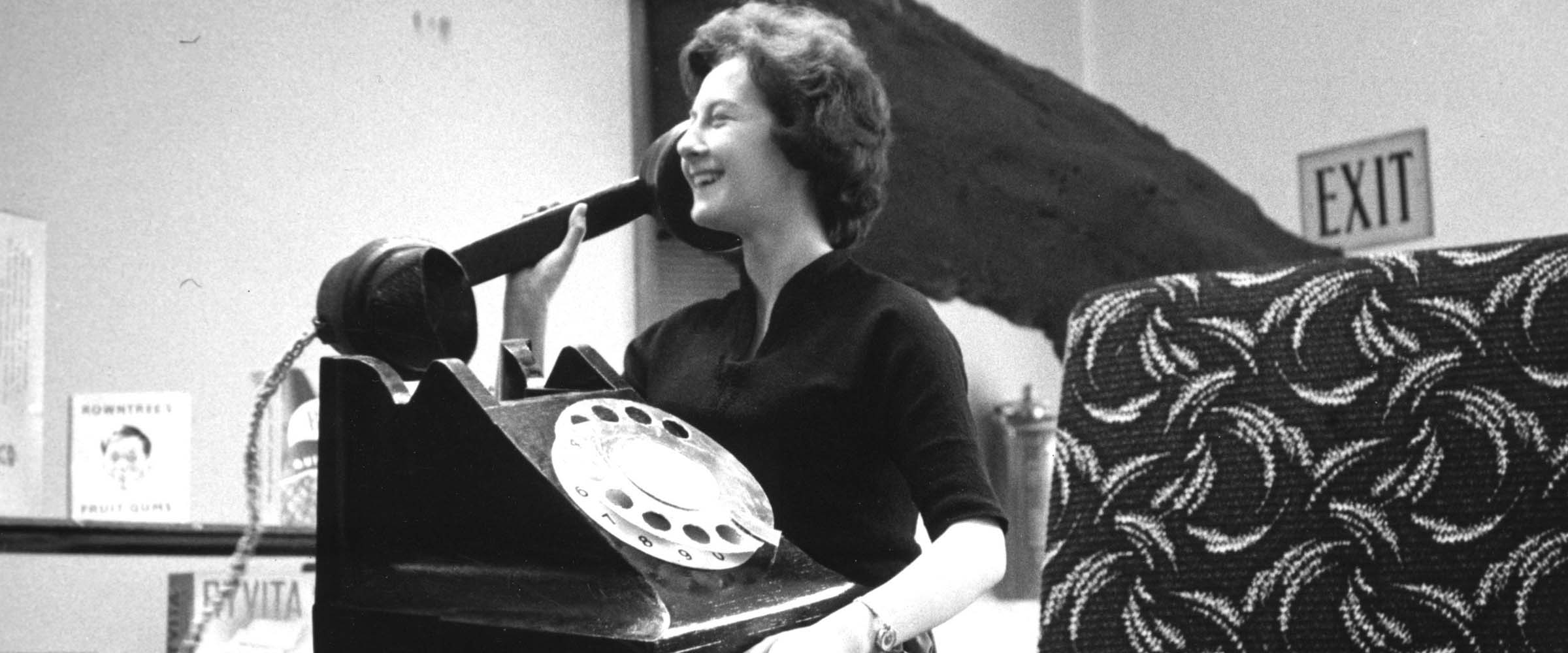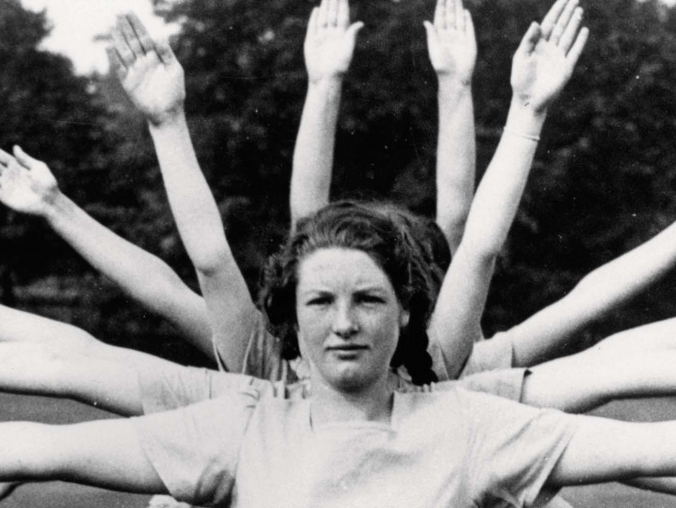

Pensions made easy
Pensions can be difficult to get your head around, but knowing the options can help you build the best nest egg possible for your retirement
Pensions are one of the most important financial products, providing income to see you through the final stage of your life. As this could last 30 years or more, you need to understand where your money is being invested, what your pension pot is likely to be worth and how you can take your income.
The three main types of pension scheme that you are likely to come across are state, workplace and personal pensions.
State pensions
There are currently two styles of state pension in operation: old and new. Men born before 6 April 1951 and women born before 6 April 1953 may already receive the old-style basic state and additional state pensions. To find out more about the old-style state pension visit: https://www.gov.uk/state-pension.
People born after these dates may be entitled to the new-style state pension. To be eligible, you need at least 10 qualifying years on your National Insurance record. If you did not have a National Insurance record before 6 April 2016, you will need 35 qualifying years to receive the full new state pension.
Steve Webb, Director of Policy at Royal London, says: “People who do not qualify for the full new state pension can increase the amount they receive by paying voluntary National Insurance contributions or deferring your state pension.” You can check your National Insurance record by visiting: https://www.tax.service.gov.uk/check-your-state-pension.
You have to claim your new state pension payments, and should receive a letter about how to do this four months before you reach your state pension age. Payments are usually made every four weeks into an account of your choice. More information can be found in Royal London’s Topping up your state pension report.
Workplace pension
By 2018, all employers are required by law to automatically enrol their eligible staff in a workplace pension, sometimes known as an occupational or company pension.
The majority of workplace pensions are on a ‘defined contribution’ basis, where you and your employer put money in and it is invested to give you a pot for later life. The two main types are ‘Group Personal Pensions’, where each worker builds up an individual pot with an insurance company, and ‘Trust-based Occupational Pensions’, where the scheme appoints trustees to oversee how the money is invested. Occupational schemes may be run just for the workers in a single firm, or may cover multiple employers across a whole industry or beyond.
To be automatically enrolled in a workplace scheme you must be between the age of 22 and your state pension age, earn at least £10,000 a year and be classed as a worker in the UK. You can opt out of your workplace pension, but you should think very carefully before deciding to do this. The opportunity to save towards your retirement with contributions from your employer and the government is extremely valuable.
The minimum you must contribute to a workplace pension is 3% of your salary from 6 April 2018, rising over time to 5% by April 2019. Your employer must contribute a minimum of 2% of your qualifying earnings, rising to 3% by April 2019.
Some employers make higher contributions on behalf of their employees, and you can also pay more into your workplace pensions – the more you pay in now, the higher the income you will get in later life.
When you retire, you can leave the pension pot untouched to continue growing, use it to buy a guaranteed income for the rest of your life, called an annuity, or put it into ‘drawdown’, taking money out as and when you need it. You can find out how much you could get when you retire by filling your details into Royal London’s Quick Pension Calculator.
If you work for a public sector employer, or one that has offered a pension scheme for many years, you may have the chance of joining a ‘defined benefit’ pension scheme, which is sometimes called a final salary or career average pension. This pays out a predetermined income when you reach retirement age, based on your salary and the length of time you have worked for your employer.
Both types of workplace scheme allow you to take 25% of your pension as tax-free cash.
Personal pension
You can also save into a personal or private pension for yourself. Personal pensions are defined contribution schemes – the money you get on retirement will be based on how much you pay in and the investment performance.
In addition to the straightforward personal pension, you may also come across:
- Stakeholder pensions, which meet specific government requirements, including limited charges.
- Self-invested personal pensions (SIPPs), which allow you to choose the assets your money is invested in.
Pensions are complex and their rules change frequently. If you have any concerns or questions about investing in a pension, it is a good idea to seek help from an independent financial adviser.
More for you

What happens to your pension money?
Lorna Blyth, Investment Strategy Manager at Royal London, and Trevor Greetham, Head of Multi Asset Investments at Royal London, tell you how they invest your retirement savings to help them grow
MORE
Don’t miss out on extra pension money
Taking full advantage of auto-enrolment, and knowing the maximum contributions offered by your employer, can help you to access extra money for your pension
MORE
Pension tax relief: how to get £35,000 of free money
Saving into a pension, and taking advantage of tax relief, can be extremely rewarding
MORE


